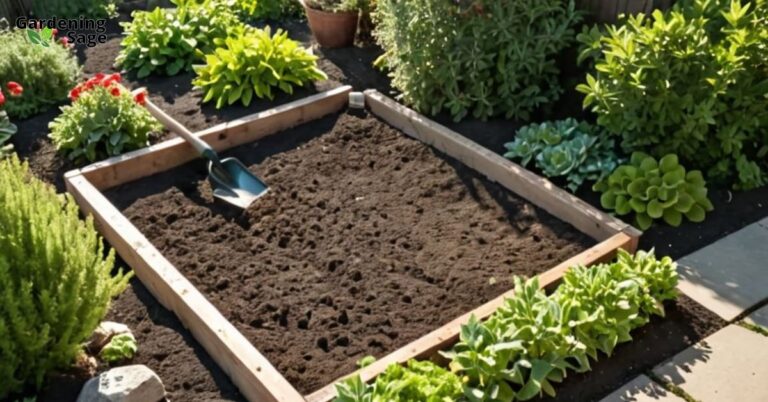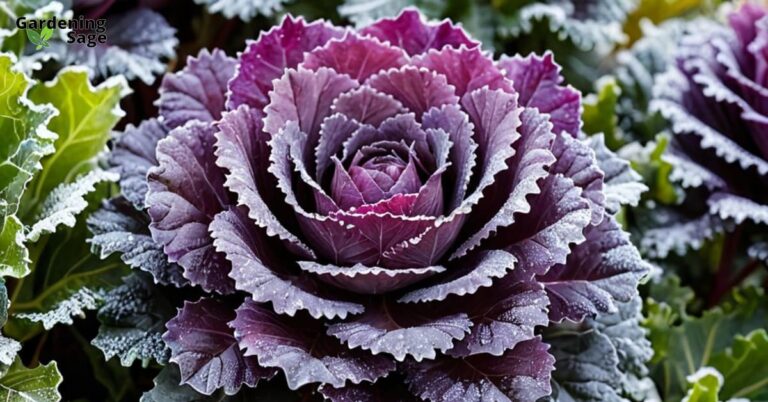Transitioning your garden through the seasons is an art and science that every gardener aspires to master. “Seasonal Plant Care: Preparing Your Garden for Changing Seasons” is your comprehensive guide to understanding and implementing seasonal gardening practices.
Whether you’re a novice or an experienced green thumb, these tips will help you adapt your garden to each season’s unique requirements, ensuring a vibrant and healthy outdoor space throughout the year.
Understanding the Dynamics of Seasonal Gardening
Seasonal gardening involves more than just planting and harvesting; it’s about attuning to nature’s cycles and responding to the changing needs of your plants.
Each season brings its own set of challenges and rewards, requiring specific approaches to soil preparation, plant care, and pest management. Embracing this rhythm is key to a flourishing garden.
Spring: Awakening Your Garden
Spring is a time of awakening and rejuvenation for your garden. Start by cleaning up winter debris and assessing any damage.
Early spring is ideal for soil preparation; enrich your soil with compost to provide essential nutrients. This is also the time to start planting summer-blooming bulbs and hardy annuals.
For gardening safety, be sure to wear protective gear when handling tools and chemicals. Gradually acclimate indoor-grown plants to outdoor conditions before planting them out.
Summer: Nurturing in Full Swing
As temperatures rise, your garden enters its most active growth phase. Regular watering becomes crucial, especially during dry spells.
Mulching helps retain soil moisture and suppress weeds. Monitor your garden for pests and diseases, treating them as needed.
Remember to protect yourself from the sun and stay hydrated while gardening. Summer is also the perfect time to enjoy the fruits of your labor by harvesting vegetables and cutting flowers for indoor display.
Autumn: Preparing for Rest
Autumn is a time of preparation for the colder months. Begin by harvesting the remaining crops and removing spent plants.
Plant spring-blooming bulbs and perennials, and apply mulch to protect plants from upcoming frosts. Reduce watering as plants begin to go dormant. Clean and store gardening tools and equipment.
Remember, autumn is also the time to enjoy the last blooms and prepare your garden for a peaceful winter rest.
Winter: Protection and Planning
Winter is generally a quieter time in the garden, but there are still important tasks. Protect sensitive plants from frost and snow damage.
Prune dormant trees and shrubs. Use this time to plan for the upcoming gardening year, researching new plant varieties and gardening techniques.
Winter is also ideal for taking stock of your gardening tools and making necessary repairs or replacements.
Gardening Safety Tips and Tricks for Beginners
Gardening, while enjoyable, can pose safety risks. Always use the right tool for the task and keep tools well-maintained to prevent accidents.
Wear appropriate clothing, including gloves and sturdy shoes, to protect against cuts and scrapes. Be aware of your body’s limits; take breaks and avoid overexertion.
When using chemicals, follow instructions carefully and store them safely out of reach of children and pets.
Four Seasons of Flourishing
Mastering seasonal plant care enriches your gardening experience and ensures a healthy, thriving garden year-round.
By understanding and responding to the unique demands of each season, you can create a vibrant and resilient garden that brings joy and beauty to every day.
Embrace these seasonal changes with enthusiasm and watch as your garden transforms with the rhythm of nature.













